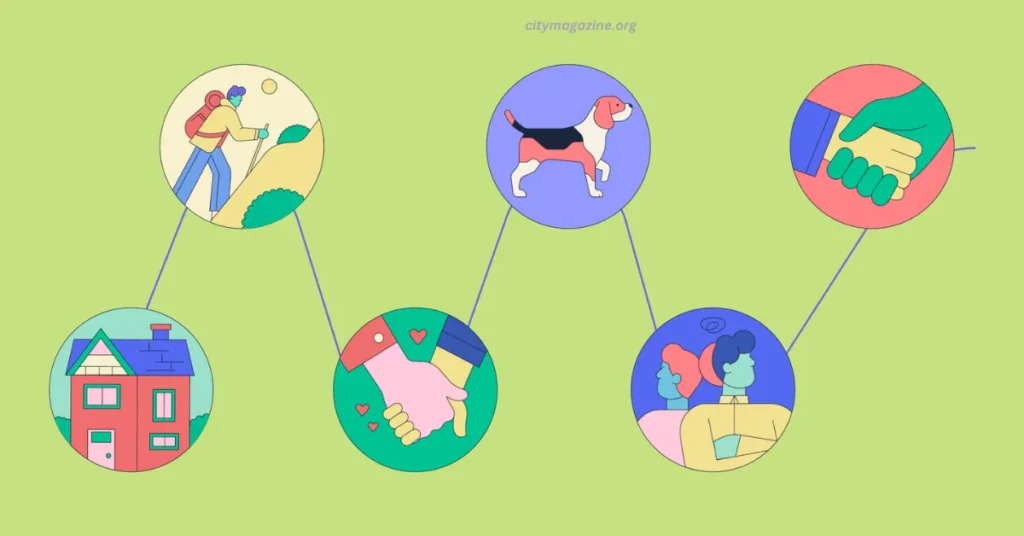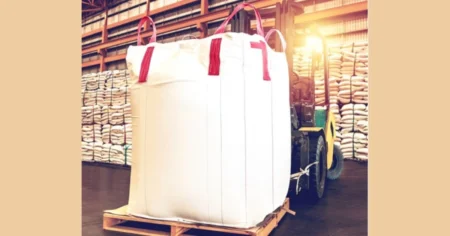Plot points oil your story, allowing it to flow from the beginning to the end. Plot points keep your readers glued to the protagonist. As a children’s book publisher writer, learning about and creatively using them in your story is essential.
Introduction
Plot points represent significant events within a story. They help create a meaningful impact on your story. Important for character development, plot points can shape the narrative and take it in a new direction. In fiction writing, plot points represent exciting narrative moments.
Plot Points Versus Plot
Plot points are critical events within a story. On the other hand, the plot represents a series of happenings that define what happens within a story. These events should be connected and related. Hire a freelance developmental editor to help you create the proper flow in your book.
Story Structure Plot Points
Plot points are the plot structure when it comes to fiction writing. Ideally, most stories have a similar structure (also known as the map of a story). The following are key any fiction writer should know:
Hook
The hook represents the most compelling event in the story. It’s hook is usually found on the first structure. The hook acts as the inciting element in your story. It evokes emotions, compelling the reader to keep wanting more. Making this element as exciting as possible will make your book reach significant milestones.
First Plot Point
The first act in your story is known as the first plot point. This element usually occurs within a third of your story. It brings the main character into the story’s central conflict. This catalyzes the sequence of events. According to renowned fiction writers, this first plot is the no-return point.
First Pinch Point
Usually placed in the middle of the story, the first pinch point represents moments when the protagonist faces intense pressure. This pressure results from the first point. Here, the character is forced into making critical decisions. These decisions are important because they reverberate throughout the whole story.
Midpoint
In the middle of your story, the protagonist should take action. This decision is made at the midpoint. Here, confidence starts to build up. A protagonist is also provoked. This is the point at which they make new goals.
Final Pinch Point
The characters are subjected to another pressure point at the end of the second act because of the central conflict—the pressure comes because of the conflict with the main protagonist. Consequently, a new plan is formulated.
Final Plot Point
The final point (or the second plot point) is where the main protagonist is at their lowest point. Here, there is no hope left. Their plan cannot work. It has failed. It makes the bad guy look like a winner. This leads to climatization and eventual resolution.
How Are Plot Points Used in Writing?
Are you a fiction writer or a screenwriter? Well, you ought to know how important it is to utilize plot points. Not only will plot points enrich your storyline, but they’ll also make it tighter and more compelling. Here are simple tips to help you get started:
Character Motivation, Desire
Prioritize your character’s needs. Choose plot points that clearly explain their motivation and desire. The most effective plot points propel your story and create an emotional background to justify your main character’s decision-making.
Points Of No Return
Always ensure that your plot points are points of no return. This will force the protagonist in an unforeseen direction, creating the desired narrative momentum. A handful of such plot points will also give your story character impetus.
Key Structural Intervals
Focus on critical structural intervals. Including plot points at the end of every chapter will keep your reader engaged. Plus, it will keep them interested and hooked to the story. They’ll keep turning the page to discover what happens next.
Outlining
List down your crucial plot points. This will help you establish your strongholds and eliminate unnecessary filler. Plus, distilling your critical plot moments into a simplistic structure will provide you with a clear roadmap and make it easier to build up compelling scenes.
Generate Ideas
Generate many ideas. Whether you prefer to write free or work with writing prompts, creating a list of ideas is imperative. But be careful not to start with a complex premise. It’s always better to start with a simple yet compelling idea. One of the best ways to convert a simple idea into a powerful storyline is to utilize the snowflake technique. It involves starting with the core theme and building other narrative elements as you gradually flesh out the bigger picture.
Distinctive Central Conflict
Create a central conflict. If you’re a newbie, opt for thrillers and adventure stories. This will make it easier for you to navigate the writing process and develop a powerful story centered around a central conflict.
Loose Ends Should Be Tied Up
Don’t leave anything hanging. Take your time to tie up those loose ends. If there are any plot holes, be sure to fill them up. Editing is an essential segment of creative writing. Edit your plot thoroughly and take character development seriously.
Create detailed character arcs and make sure that your main characters have clear motivations, as well as backstories. This will go a long way in ensuring that your characters are solid and realistic. Plus, it’ll keep your storyline seamless and exciting.
Key Takeaway
Rules govern book writing. Following these rules will make it easier for your book to be published. Also, a good book sells. One of the best rules when creating a book is the use of plot points. Use them well and achieve tremendous results.
The Bottom-Line
Plot points are used to map the structure of your story. They act like an arc, which guides readers from the start to the finish. That’s why you should creatively use them to create your story. The above guide takes you through plot points and how they can be used in your story.




